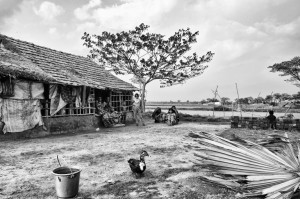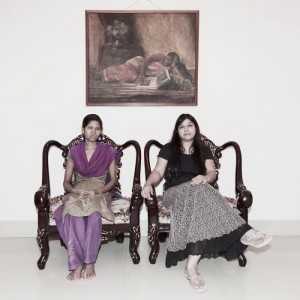Anita Desai on Being An Outsider
Celebrated writer Anita Desai spoke with Joshua Barnes of Sampsonia Way about how she became a writer, her writing process, and what it’s meant to be an “exile” from her homeland while writing about it. Indeed, writing as a daily practice is inundated with multiple requests to engage and interact with fellow writers and readers in a way not known before, mainly because of the fluidity of communications available through the Internet. She also explains that in spite of our increased connectivity, we are nonetheless drawn to the mode of exile because of its impact upon both our ancestors and our present:
I’m interested in people who live in a kind of exile; it may not be political exile, but in some sense it’s exile from the rest of society. It may have something to do with my upbringing and my parents. My mother, having been German, lived most of her life in India and never felt able to return to Germany . . . But on a superficial level, by uprooting yourself, you experience the world from many different angles. On another level, it leaves you as an outsider for good. You’re always an observer rather than the participant, and that’s a big difference.
To read more of this interview, click here.






